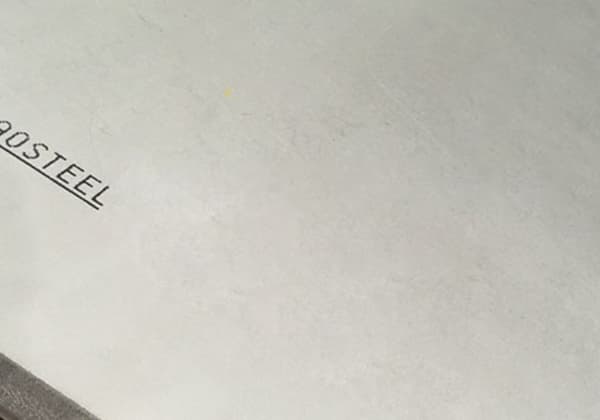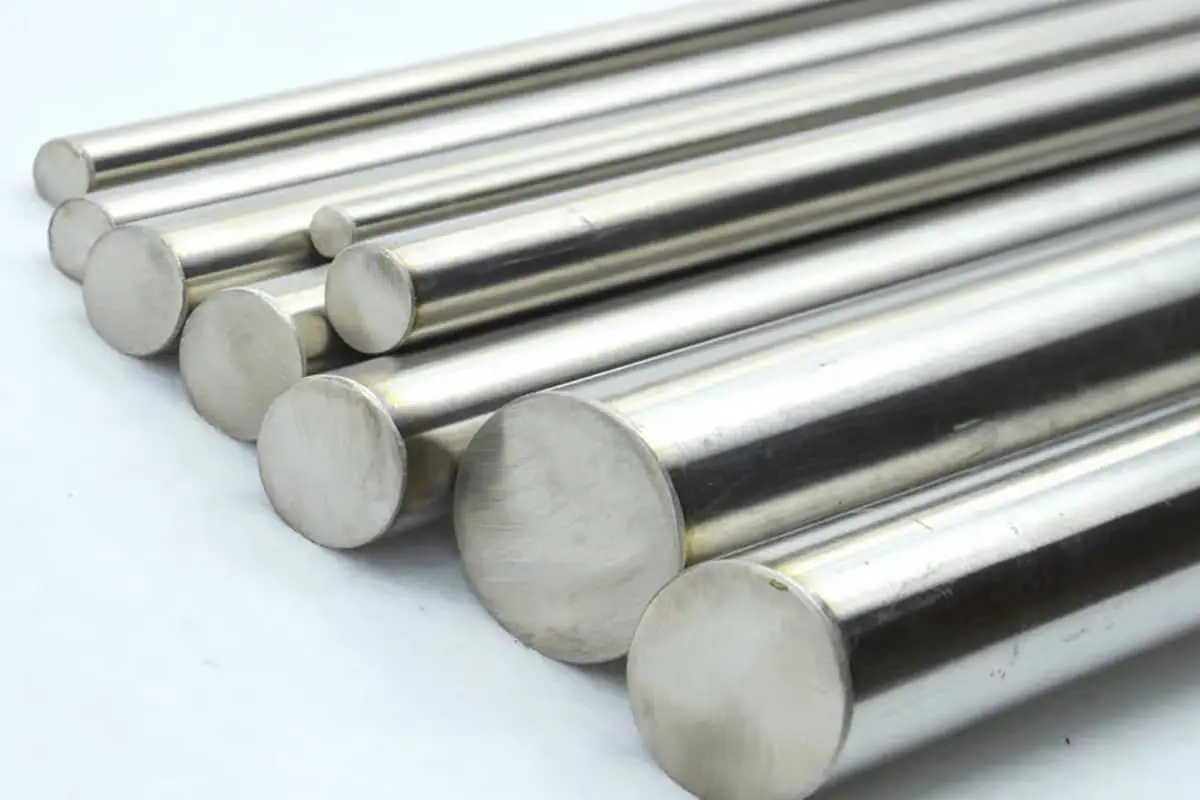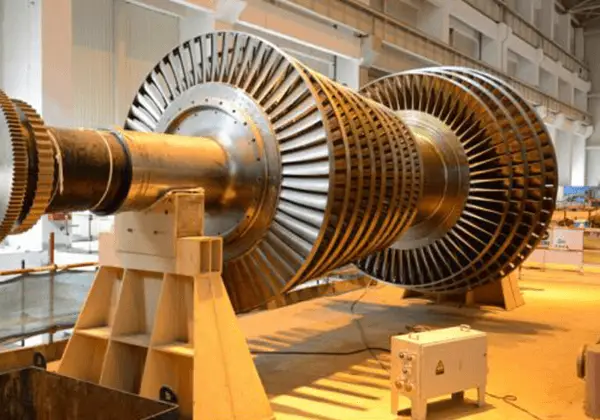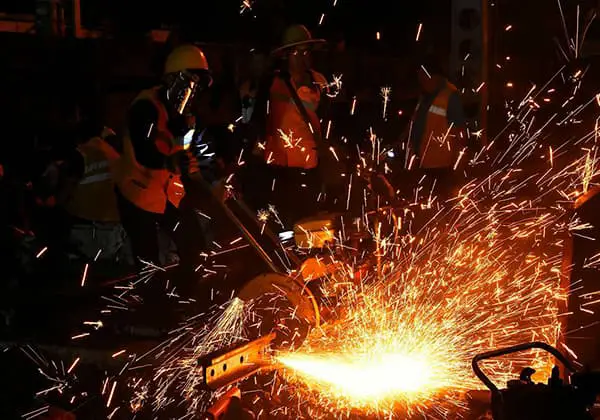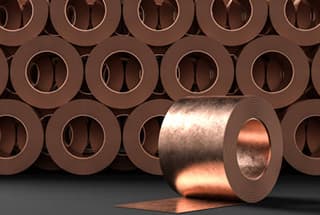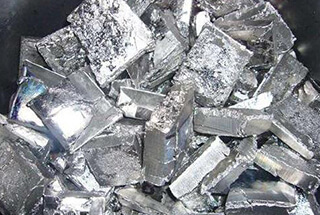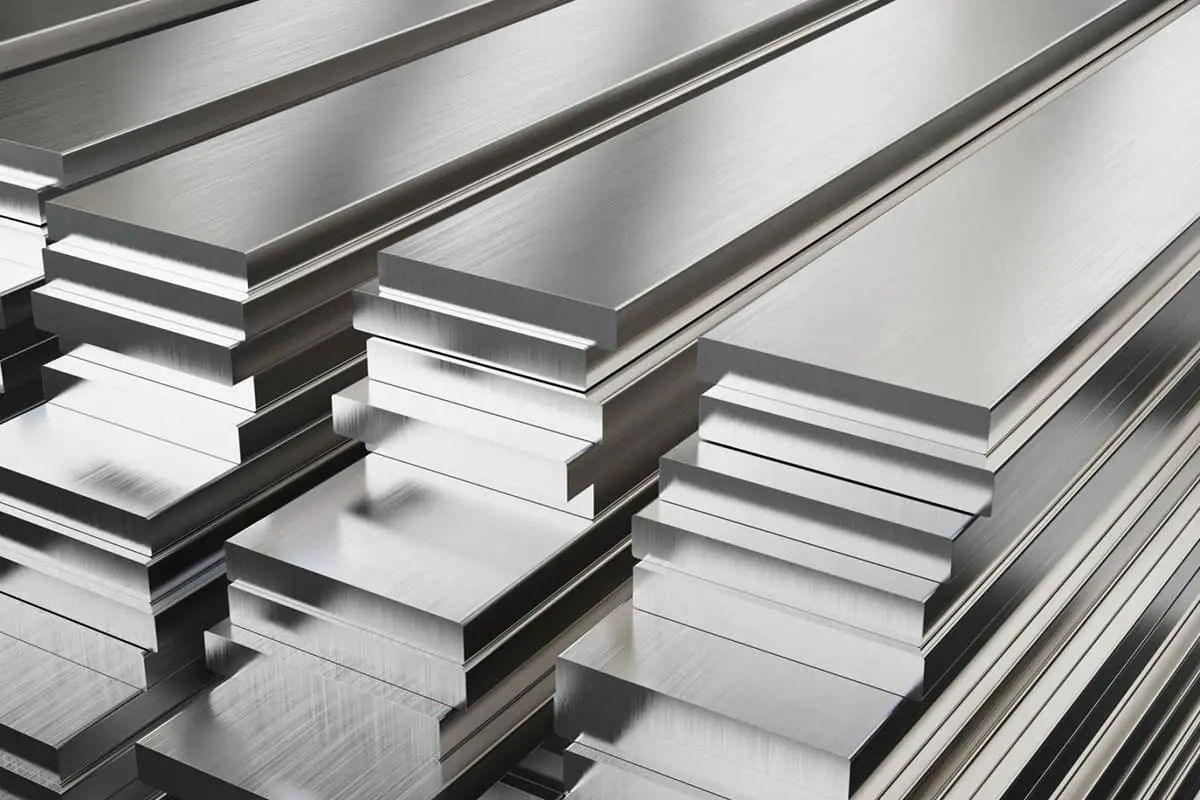
What makes 17Cr2Ni2MoA and 18Cr2Ni4WA steels distinct in the world of gear manufacturing? This article dives into the nuances of these two alloy steels, comparing their chemical compositions, mechanical properties, and heat treatment processes. Discover how each material’s performance and cost-effectiveness can influence your choice in gear production, potentially saving significant manufacturing costs. By understanding these differences, you can make informed decisions to optimize your machinery’s efficiency and durability.

With the rapid development of material science and technology at home and abroad, the selection of gear materials in the manufacturing industry is not limited to domestic existing materials.
More and more enterprises have introduced some gear materials with excellent comprehensive performance from abroad.
17Cr2Ni2MoA steel is a kind of carburized gear material with excellent mechanical properties and processability.

After carburizing and quenching, the performance of this material is equivalent to that of 18Cr2Ni4WA Steel Gear material widely used in heavy machinery.
However, its heat treatment processability is better and the raw material economy is higher.
Compared with the latter, the cost per ton of raw material is saved by about 6000 yuan.
However, whether the potential performance of 17Cr2Ni2MoA steel can be brought into full play depends on the technical level of heat treatment process of each manufacturer.
In order to make this material successfully used in gear products, our company has conducted experimental research.
See Table 1 for the chemical composition of the two materials.
Table 1 chemical composition (mass fraction) of 18Cr2Ni4WA Steel and 17Cr2Ni2MoA steel (%)
| Material | 18Cr2Ni4WA | 17Cr2Ni2MoA |
| C | 0.13~0.19 | 0.14~0.19 |
| Cr | 1.35~1.65 | 1.5~1.8 |
| Ni | 4.0~4.5 | 1.4~1.7 |
| W | 0.8~1.2 | – |
| Mo | – | 0.25~0.35 |
| Mn% | 0.3~0.6 | 0.4~0.6 |
| Si | 0.17~0.37 | 0.17~0.35 |
Through comparison, it is found that the carbon content of these two gear materials is close, and they are low-carbon alloy carburized carbon steel.
The surface hardness of the gear can be improved by carburizing and quenching.
In order to study the mechanical properties of the two materials, we have put into production 17Cr2Ni2MoA steel and 18Cr2Ni4WA steel with the same size to compare the mechanical properties.
18Cr2Ni4WA steel is the material currently used by our company.

According to our production process, the manufacturing process of 18Cr2Ni4WA Steel test bar is: normalizing after forging + tempering → machining → carburizing → high temperature tempering for 3 times → machining → quenching and tempering.
As our company has not used 17Cr2Ni2MoA material, after referring to other manufacturers and various documents in terms of process, it is decided that the manufacturing process of 17Cr2Ni2MoA steel test bar is: normalizing after forging + tempering → machining → carburizing → high temperature tempering → machining → quenching and tempering.
After heat treatment according to the above process, the test bar is processed into a sample according to the standard for inspection. See Table 2 for the results.
Table 2 mechanical properties of two materials after heat treatment
| Name | Material | Yield strength/MPa | Tensile strength/MPa | Elongation (%) | Reduction of area (%) | Impact toughness / · cm-2 |
| φ 60mm sample (not tempered at high temperature) | 17Cr2Ni2MoA | 810 | 954 | 10.5 | 61.25 | 121.4 |
| φ 60mm sample | 18Cr2Ni4WA | 822.5 | 1003 | 16.5 | 67.2 | 169.7 |
| φ 82mm sample | 17Cr2Ni2MoA | 789.4 | 947 | 17.3 | 65.4 | 144.8 |
| φ 82mm sample | 18Cr2Ni4WA | 698 | 931.7 | 19.8 | 70.7 | 180.48 |
1) The yield strength and tensile strength of 17Cr2Ni2MoA steel and 18Cr2Ni4WA Steel with the same size are similar after carburizing and tempering.
2) The impact toughness of 17Cr2Ni2MoA steel is slightly lower than that of 18Cr2Ni4WA Steel.
3) The area reduction of 17Cr2Ni2MoA steel is slightly lower than that of 18Cr2Ni4WA Steel, with a difference of 5% ~ 7%.
4) The elongation of 17Cr2Ni2MoA steel is slightly lower than that of 18Cr2Ni4WA Steel, with a difference of 6%.
5) In this test, the φ60mm sample 17Cr2Ni2MoA material is not subject to high-temperature tempering after carburizing due to special circumstances, which has little impact on the subsequent overall quenching hardness, strength and impact toughness, but has a large impact on the elongation.
Therefore, one high-temperature tempering after carburizing of 17Cr2Ni2MoA steel is very important to the overall performance of the parts.
In order to study the heat treatment process performance of the two materials, we have put into production 17Cr2Ni2MoA steel and 18Cr2Ni4WA Steel with the same size for comparison.
According to the existing carburizing process of 18Cr2Ni4WA Steel, the samples of the two materials are loaded into the furnace together with the workpieces in production.
Carburizing is carried out in two furnaces at the same time.
After carburizing, high temperature tempering is conducted once.
See Table 3 for the carburizing results of the test samples.
Table 3 carburizing results of samples
| Furnace sample | Material | Carbide grade / grade | Martensite and retained austenite grade/grade | Penetration depth / mm | Remarks |
| φ25mm sample | 17Cr2Ni2MoA | 4 | 2 | 6.6 | High temperature tempering once after carburizing in the same furnace |
| φ25 sample | 18Cr2Ni4WA | 3 | 6 | 7.2 | |
| M7 tooth shaped specimen | 17Cr2Ni2MoA | 4 | 2 | 2.3 | High temperature tempering once after carburizing in the same furnace |
| M7 tooth shaped specimen | 18Cr2Ni4WA | 3 | 4 | 2.5 |
Analysis of inspection results after carburizing:
1) There are differences in carbide (k) grade, but the difference is not large, which can fully ensure that the carbide grade meets the national standard of K ≤ 4.
2) 17Cr2Ni2MoA steel has excellent processability.
After one high temperature tempering, the retained austenite can be basically reduced to grade 2, and subsequent quenching and tempering or overall quenching can be carried out;
The retained austenite grade of 18Cr2Ni4WA Steel is still large after one high-temperature tempering, and it can be reduced only after two to four high-temperature tempering procedures.
3) The depth of carburized layer is different, but the difference is small.
In this test, the carburized layer depth of 17Cr2Ni2MoA steel is slightly less than that of 18Cr2Ni4WA Steel.
The mechanical properties of 17Cr2Ni2MoA steel and 18Cr2Ni4WA Steel used now are not much different, but the process performance is better and the cost is reduced.
It can completely replace the existing 18Cr2Ni4WA steel of our company.
Gear is the main part of the shearer, which accounts for a large proportion.
The application of 17Cr2Ni2MoA steel saves our company at least 3 million yuan of gear manufacturing cost every year.
Moreover, due to the excellent process performance and the reduction of high-temperature tempering times after carburizing, the material can shorten the gear processing cycle, reduce the deformation of gear products, further improve the heat treatment quality of gears and reduce the subsequent machining costs.


